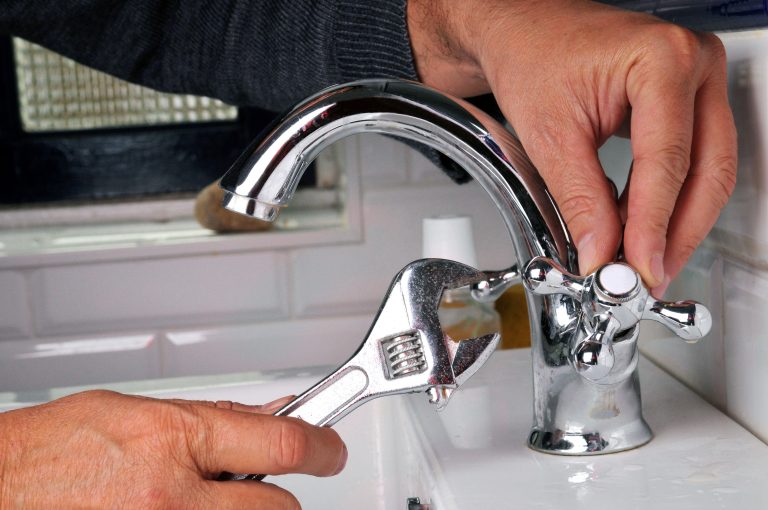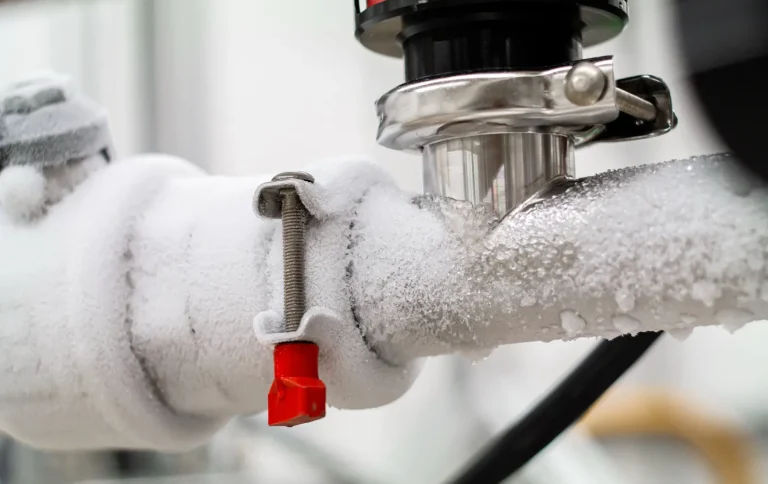Toilet Overflow — What To Do Before It Gets Worse
There are few home emergencies more stressful than watching water rise in your toilet bowl. It’s messy, smelly, and the last thing you want to do is panic. Here’s how to stop an overflow quickly and keep things under control until a plumber can fix it properly.
Step 1: Stop the Flow of Water
Lift the toilet tank lid and close the flapper (the rubber seal at the bottom of the tank).
This stops more water from entering the bowl.
If the water is still rising, turn off the water supply valve — usually located on the wall or floor behind the toilet. Turn it clockwise until it stops.
💡 Tip: If you can’t find the valve, open the tank and manually lift the float — this will temporarily stop the water.
Step 2: Don’t Flush Again
It’s tempting to “see if it goes down,” but don’t.
Flushing again before the blockage is cleared will just push more water into the bowl — and possibly onto your floor.
Step 3: Prepare for Cleanup
Lay down towels around the toilet to catch any overflow.
If the water has spilled, mop it up immediately — especially if it touched wood or laminate flooring.
Use a disinfectant cleaner once you’re done to reduce bacteria and odor.
Step 4: Try Gentle Unclogging
If the water level has gone down a bit, you can use a flange plunger (the one with the extended rubber end).
Make a tight seal and push gently at first — then more firmly — about 10–15 times.
If the water starts to drain, you’re in luck.
❗ Avoid chemical drain cleaners — they can damage pipes and make a mess if they splash.
Step 5: Know When to Stop
If plunging doesn’t help after a few tries, or water starts backing up elsewhere (like your shower or sink),
stop and call a licensed plumber — you might have a deeper blockage in the main drain line.
Step 6: Call a Professional Plumber
A professional will safely clear the blockage using a drain snake or hydro-jetting equipment.
They’ll also check for hidden issues, like sewer line buildup or tree root intrusion.
Common Causes of Toilet Overflows
-
Too much toilet paper
-
Objects accidentally flushed (toys, wipes, hygiene products)
-
Clogged drain line or sewer backup
-
Poor ventilation in the plumbing system
How to Prevent Future Overflows
-
Use moderate amounts of toilet paper.
-
Never flush wipes, cotton pads, or feminine hygiene products.
-
Install a drain screen if you have frequent blockages.
-
Schedule an annual plumbing inspection.
A toilet overflow feels like a small disaster, but staying calm and acting quickly makes all the difference.
Know how to stop the water, avoid extra damage, and call for help when needed — that’s all it takes to keep things under control.






